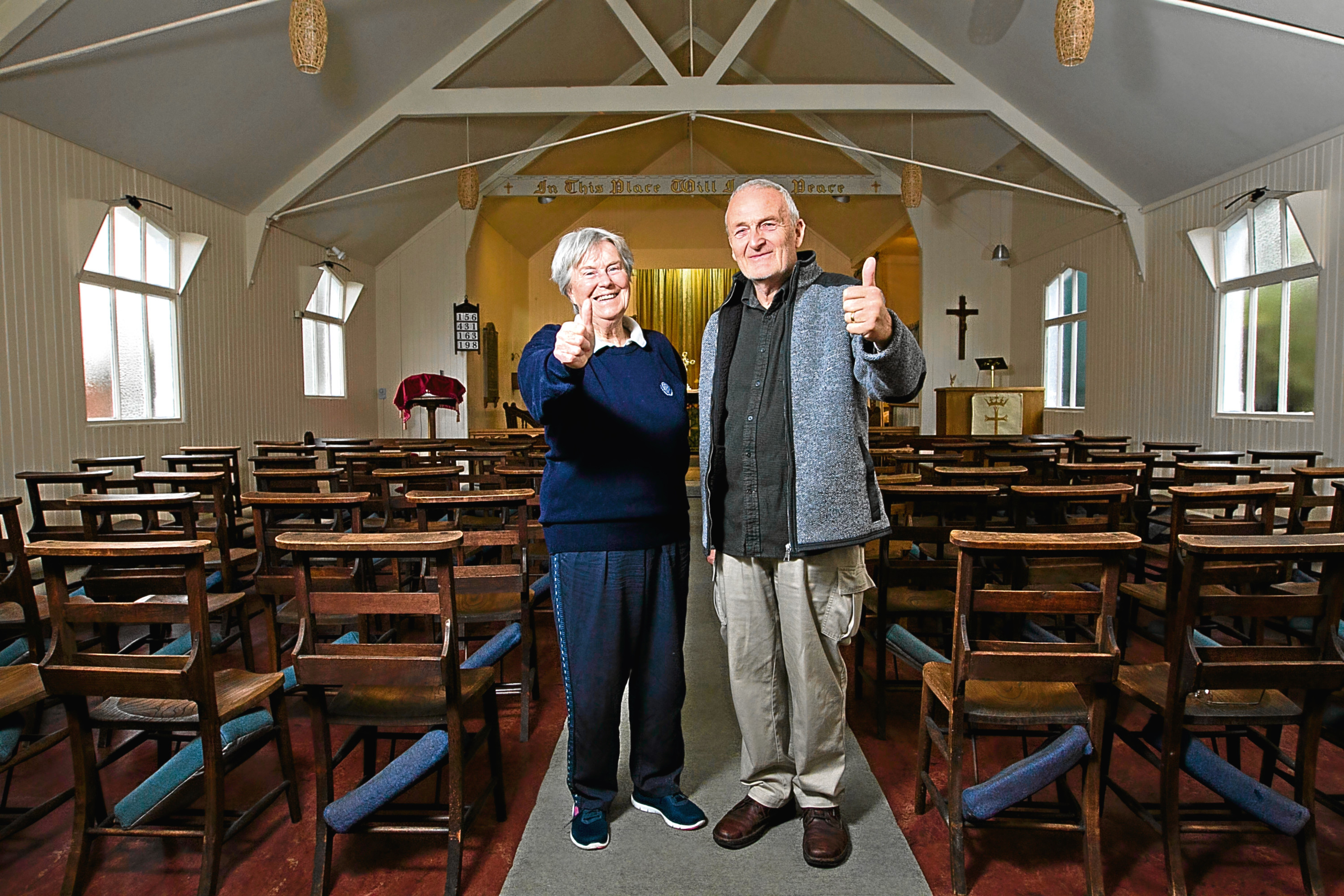
HAVE you ever taken a look at your power bill and wondered why on earth it is so high? When did you use all that electricity?
The worshippers at St Michael’s & All Angels Scottish Episcopal Church in Elie, Fife, have been doing that for four years.
Churches, like any other building, have to be warm and well-lit. But, unlike some workplaces or buildings, sometimes churches don’t see much use on weekdays.
St Michael’s has two electricity meters. One, in its boiler room, deals with the heating. The other, in the vestibule, measures the electricity used for lighting (low-energy bulbs used only on dull days), a kettle for cups of coffee once a month, two hot water taps at sinks and a CD player in use about 15 minutes per week.
In short, it doesn’t use much electricity.
On January 31, 2014, David Stacey, the church treasurer, went to take photos of the vestibule meter as Scottish Power were disputing his reading.
He sent photos of both meters to the power firm.
Despite this, Scottish Power didn’t seem to be able to formulate a clear reading. It sent a man to take readings on April 25, 2014, but though he looked at the boiler room he said it “wasn’t his job” to read the vestibule one.
Four months later, Scottish Power declared it had been advised by “the customer” of another reading, which appeared to show a reading entirely unrelated to what David had photographed.
This wrangle continued until June 26 this year, when Scottish Power “estimated” that 33,422.6 KWH of power had been used in just over three months.
That’s quite an amount. Going by previous usage, it would have taken the church, which isn’t a large building, 205.57 years to rack up all that.
And, of course, it wasn’t cheap. Scottish Power reckoned the church owed £3994.64, and were asking a direct debit of £1125.70.
It also, without explanation, put the church on a quarterly payment schedule instead of the monthly regime it had always been on.
David did some arithmetic.
He calculated how much power had been used since he read the meters on January 31, 2014 – he was able to accurately do this, of course, by referring to the photos and the current reading.
He was surprised by what he found. Including the standing charge and VAT at 5% over the 1309 days, David reckoned the church should have paid £3073.20.
But the payments made by direct debit over that period amounted to £4229.36.
According to that simple sum, Scottish Power owed the church £1156.16.
He told Scottish Power this – and it responded by demanding a payment of £3799.89, which it proposed to take via a monthly direct debit of £532.
David wrote to Raw Deal.
We got the power firm’s management team to take a look at the church’s bills and meter readings. We pointed out that a monthly charge of more than £500 was rather steep for the amount of electricity that was being used.
Scottish Power did a few calculations and agreed. It gave us a statement saying: “We sincerely apologise to Mr Stacey for the problems he has experienced when trying to resolve this issue.
“The problem arose due to us having incorrect installation reads. We have now updated and rebilled the account. A credit refund has been issued.”
David told us: “I cannot thank Raw Deal enough for intervening on our behalf where over-payment to Scottish Power had taken place.
“You achieved a result in just over two weeks whilst we had got nowhere in almost four years.
“I can confirm that £1076.60 has been refunded into the church’s bank account and we have been assured that the monthly amount which will be taken from the church has been reduced from £532 to a more reasonable level of £80.”
When it’s help you need, Raw Deal will provide.
Got a consumer problem? The Sunday Post’s Raw Deal team can help

Enjoy the convenience of having The Sunday Post delivered as a digital ePaper straight to your smartphone, tablet or computer.
Subscribe for only £5.49 a month and enjoy all the benefits of the printed paper as a digital replica.
Subscribe